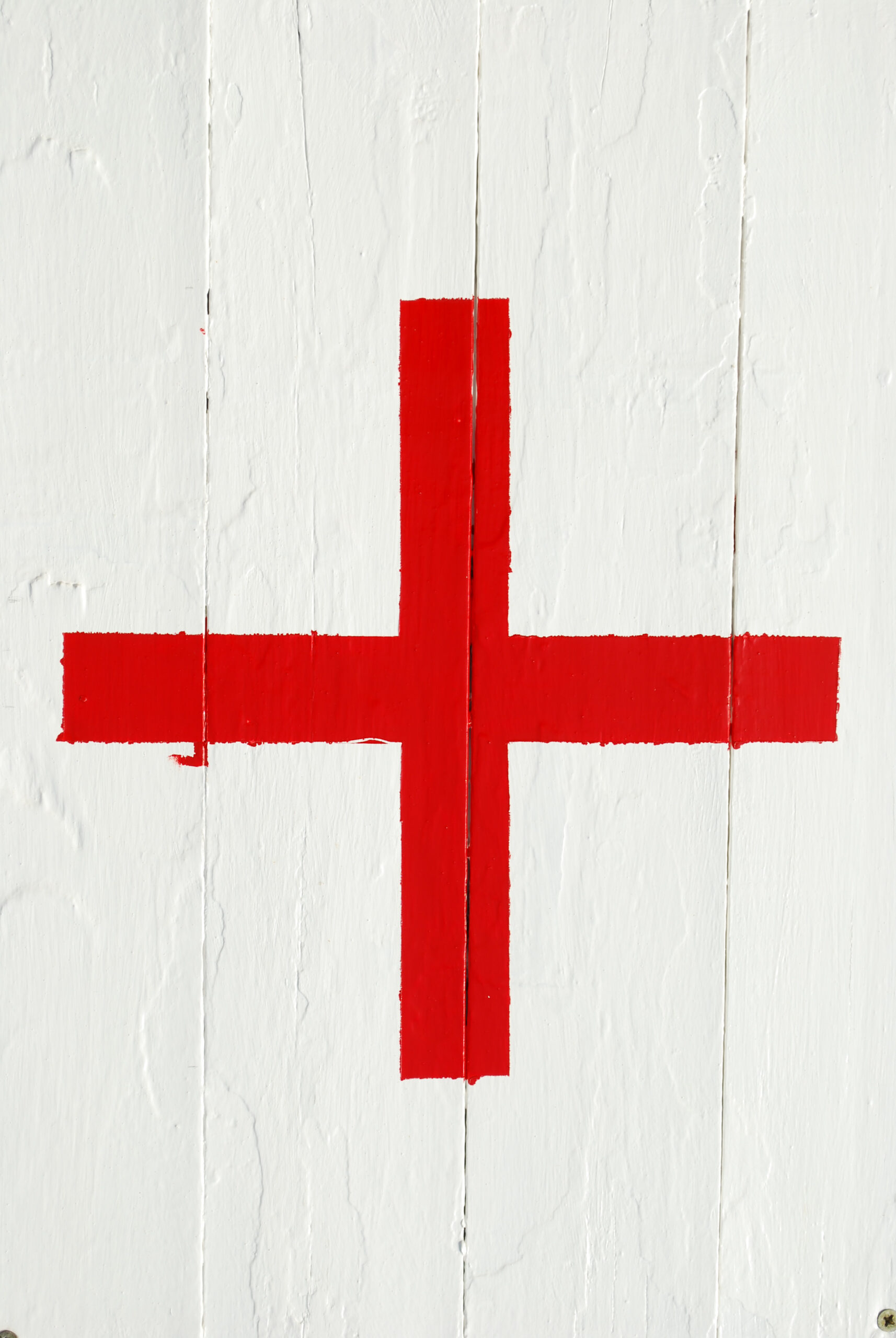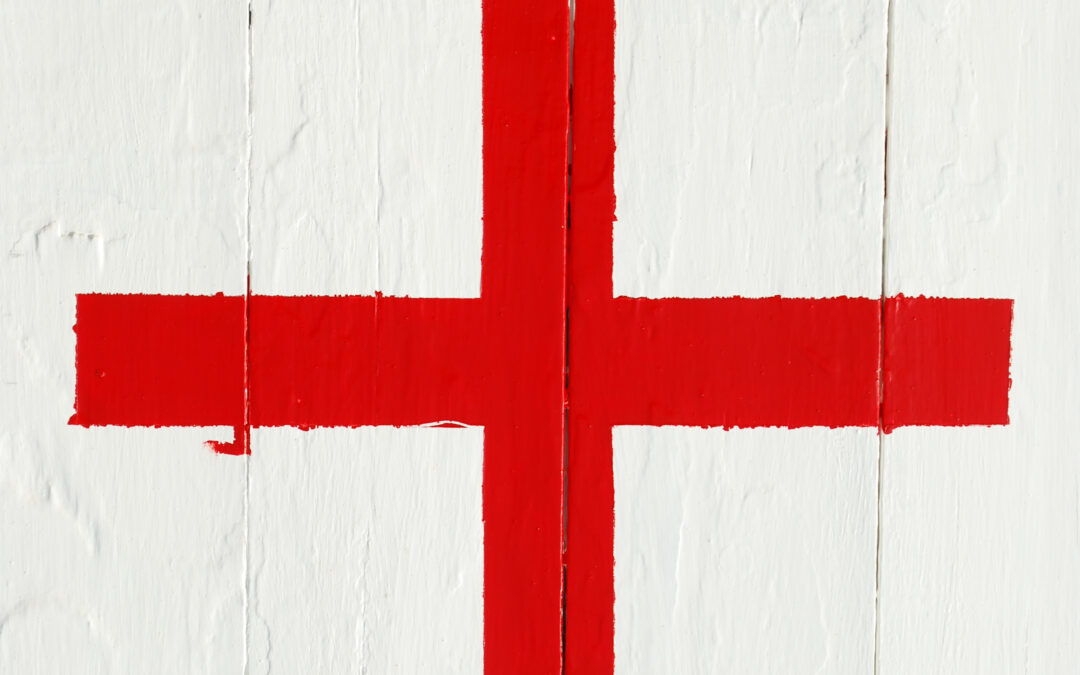Disasters can strike at any time, and it’s essential to be prepared. Whether you live in an area prone to hurricanes or earthquakes, wildfires or floods, having a plan in place can help keep your family safe and informed during times of crisis. In this blog post, we will cover everything from building a disaster kit to staying informed during and after a disaster. Let’s get started!
Introduction to Disaster Preparedness
The first step in preparing for a disaster is understanding what types of emergencies could occur in your area. Research local weather patterns, geological hazards, and other potential risks so that you know what to expect. Once you have identified these risks, create a plan with your family members outlining how you will communicate, evacuate, and reunite if necessary. Make sure everyone knows their roles and responsibilities beforehand.
Building a Disaster Kit
Next, build a disaster kit that includes supplies for all family members, including pets. Your kit should include items such as non-perishable food, water, flashlights, batteries, first aid supplies, medication, and personal hygiene products. It’s also important to have extra cash on hand, as ATMs may not work during a power outage. Remember to rotate your supplies regularly to ensure they are fresh and usable.

Creating an Emergency Plan
Once you have built your disaster kit, it’s crucial to develop an emergency plan. This plan should outline what steps you will take in case of different emergencies, including evacuations, sheltering in place, and communicating with loved ones. Practice your plan regularly so that everyone feels confident in their roles.
Staying Informed During and After a Disaster
During a disaster, it’s essential to stay informed about the situation. Keep an eye on local news channels and social media platforms for updates on the situation. If possible, use text messaging or email to communicate with others instead of phone calls, which can overload cellular networks. After the disaster has passed, continue to monitor news sources for information on cleanup efforts and recovery resources.
In conclusion, being prepared for a disaster can make all the difference when seconds count. By following these tips and creating a comprehensive checklist, you can rest easy knowing that you and your family are ready for whatever comes your way.






